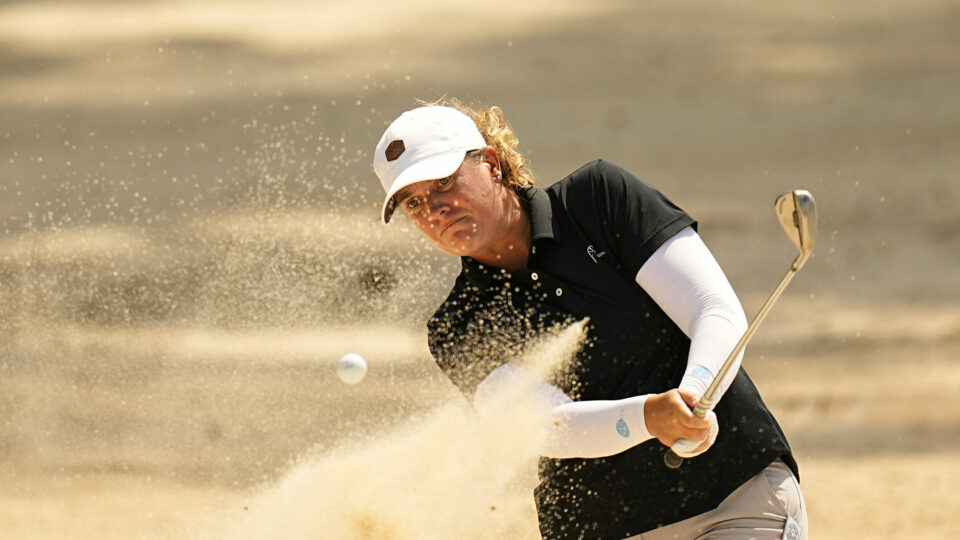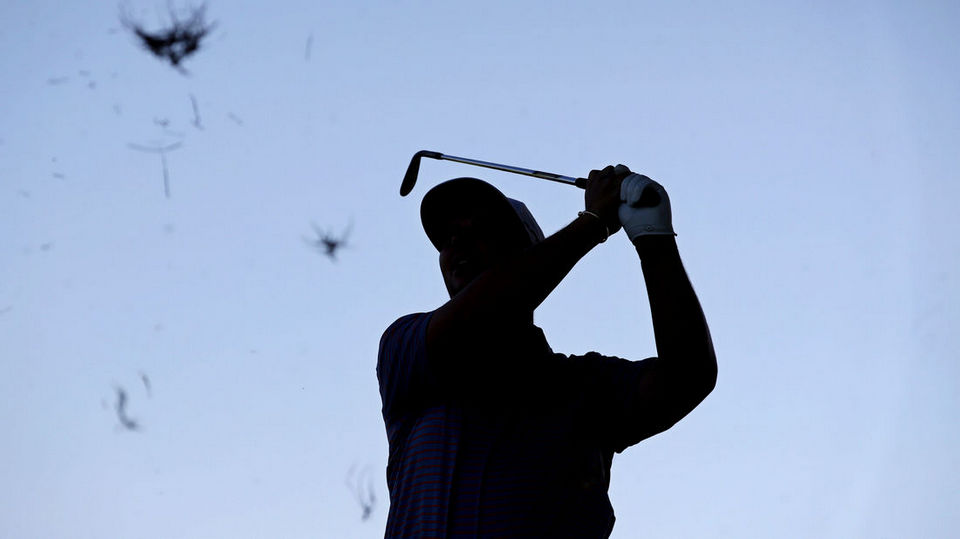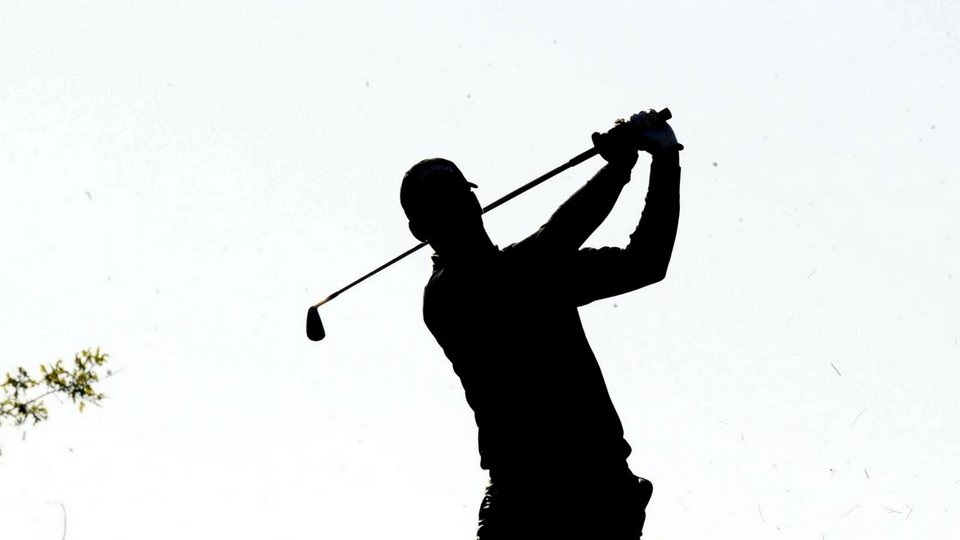by M. James Ward
This past week's rules situation at the Waste Management Phoenix Open event on the PGA TOUR brought to the surface a range of questions since the amended rules of golf were put into effect with the start of the new year. Rescinding a two-shot penalty on Denny McCarthy and absolving Justin Thomas brought to light how important meaningful interpretations are enacted that keep such situations from escalating -- most notably in the four major championships coming up this year. This situation started two weeks earlier during the Euro Tour's Omega Dubai Desert Classic when China's Haotong Li was hit with the same penalty -- his offense, however, was kept in place.
Denny McCarthy's two-shot penalty from Friday's round has been rescinded.
— PGA TOUR (@PGATOUR) February 2, 2019
Here's why: pic.twitter.com/RPCck88UMV
It seems players and caddies are not clear regarding Rule 10.2b(4) prohibiting caddies from aligning players about to move into position to play a shot. The new rule was brought into existence because far too many players -- especially on the LPGA circuit -- were aligning themselves on nearly every shot. The result? Tortoise-like play with rounds easily exceeding five hours. There was also the related question on what crucial elements of the game are purely on the player to handle and not have undue influences aiding his/her play.
New Golf Rules 2019 - why Denny McCarthy was penalized pic.twitter.com/WFPb82vVJl
— Rivers Academy Golf (@GolfRivers) February 2, 2019
The USGA and R&A realized simplifying the rules was long overdue. A number of prominent situations arose over the last few years -- the Dustin Johnson alleged ball moving on the green at the 2016 US Open comes to mind as well as the Lexi Thompson post round piling on penalty in the ANA Inspiration-- necessitating a better path to streamline the rules and make them far easier to understand among the masses playing the game.
Both major golf organizations provided for a lengthy comment phase and minus a few changes through the process -- such as how to drop a lifted ball -- the rest seemed fairly straightforward and more sensible and clearly streamlined.
Interpreting rules is no small task and this week's brouhaha was just a step in the direction that's long needed.
Years ago the rules organizations banned, quite rightly I might add, the process in which caddies were perched behind players on the putting green. Johnny Miller popularized this with his former caddie Andy Martinez. Extending that to full shots is only a logical extension. But the issue goes beyond just the matter of where caddies stand and how much influence is too much influence regarding player alignments. Players on the PGA TOUR have questioned the process in dropping a lifted ball from knee height. Some, notably Thomas, were defiant in this regard.
The USGA and R&A wisely moved away from its original position in dropping a ball just inches off the ground to knee height. The rationale? When balls were dropped from shoulder height there was a high likelihood such balls upon landing would roll more than two clubs necessitating a re-drop. Eventually the player would be able to place a ball and this is something the two rules bodies wanted minimized. Dropping a ball from knee height is not onerous as some players claim and makes much more sense than what was done previously.
The same holds true regarding aligning players in preparation to play a shot. The rules changes were known at the start of the new year and frankly any player or caddie could have easily inquired about when and how the two-stroke penalty would apply for violations. Often time players can inadvertently push the margins and then retreat to the predictable cry of "foul" when called out for such transgressions. The concept of the player playing the game without added elements to assist their play is long overdue.
Take for instance the continued usage of greens-reading info sheets players routinely use to the point of abuse. The USGA and R&A did not take strong enough action on this topic and, as a result, you have players staring at their respective sheets for eons. Is it too much to ask that players read greens without such items? Clearly, there is not going to be a movement to ban yardage books but permitting players to push the boundaries of technology is something the major organizations need to monitor and strongly act when circumstances warrant. The greens reading cheat sheets should be banned at the highest levels of golf competition.
If anything the recent imbroglio did prompt the PGA TOUR to communicate closely with the USGA and R&A on the specific interpretations for how to handle all such future situations. That's a good thing. Players should not have to be caught in "gotcha" situations, however, at the same time, these same players need to be fully aware swift action will be taken against those pushing the margins. Just keep in mind, iconic players like Jack Nicklaus, Arnold Palmer and Lee Trevino, to name just three, were never slapped with penalties because of ignorance. For today's players the solution is a simple one -- if you don't know -- ask. Amazingly, few players will call over officials if any action contemplated is a violation of the rules. Getting clarification before engaging in any questionable action is a very proactive approach. One would think that when playing a game for your livelihood you'd be full aware of what is and what is not OK to do when playing. As my father was fond in saying -- you can work with ignorance -- you just can't help stupidity.
Golf must remain a test of skill for individual players to demonstrate. When players engage in actions in which individual skill is bolstered by the inclusion of other elements of various types they need to understand fully appropriate penalties and sanctions will be enforced. Whining about one's personal failure is not acceptable. The spirit of the rules is no less important than the letter. Golf's major organizations can certainly clarify matters as circumstances warrant. Listening is learning. But, these same groups can never capitulate their role in ensuring personal skill and responsibility are the bedrock when formal competitions of the highest order are played.



